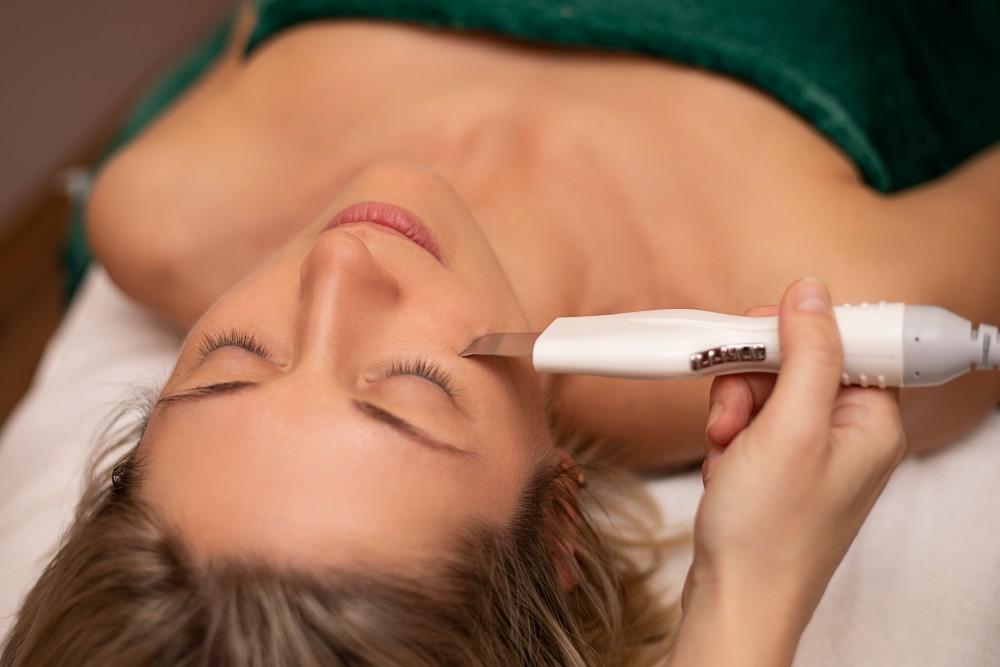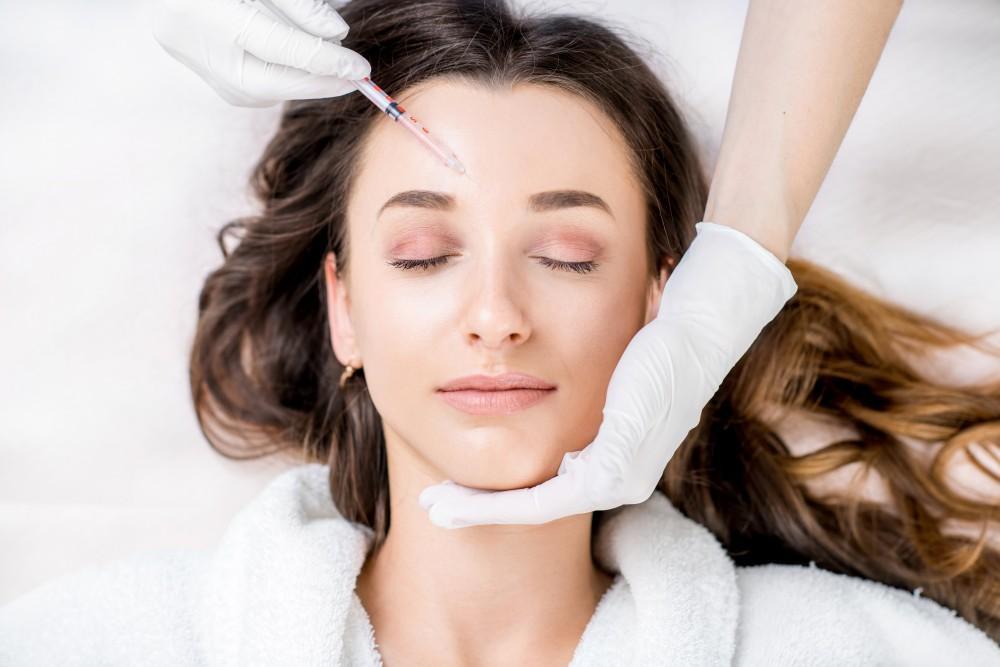
4 Signs of Vaginal Atrophy

It's natural to experience changes in your body as you go through some of life's big milestones like childbirth and getting older. One of the areas affected may be your vagina, which can lead to discomfort and urinary symptoms. Fortunately, help is available in the form of vaginal revitalization.
At Plateroti Dermatology located in Templeton, California, Dr. Carmelo Plateroti and our highly skilled team provide high-quality dermatologic and aesthetic care for a wide variety of issues. Using our more than 30 years of combined experience, we incorporate state-of-the-art Western medicine practices and holistic care to treat everything from skin cancer and varicose veins to injectables, laser treatments, and vaginal rejuvenation.
Vaginal atrophy
Vaginal atrophy can occur because of a decrease in estrogen, resulting in vaginal tissue that is drier, thinner, and less elastic. It is particularly common leading up to and after menopause, but can also happen while breastfeeding, taking certain medications like some birth control pills, and as a result of specific cancer treatments. This issue can result in symptoms related to the vagina and urinary tract.
There are a number of signs of vaginal atrophy, including:
Vaginal changes
Women with vaginal atrophy often experience dryness, itching, and/or burning. They also may have vaginal discharge.
Issues when urinating
Burning when urinating can be a sign of vaginal atrophy. Urinating often and urinary urgency or an immediate, unstoppable need to go can also be signs.
Urinary system problems
Vaginal atrophy can also cause more serious challenges like urinary incontinence, resulting in urine leaking as well as recurring urinary tract infections.
Intercourse issues
Women suffering from vaginal atrophy may experience a decrease in vaginal lubrication during intercourse, which can lead to discomfort. Light bleeding may occur as well.
Risk factors
When — or if —vaginal atrophy strikes can vary from woman-to-woman with some experiencing it during perimenopause, some several years into menopause, and some not suffering from it at all. Risk factors that play a role include smoking, which affects blood circulation and decreases estrogen in the body, having had no vaginal births, and having no sexual activity (with or without a partner) which can improve the blood flow and keep the tissue more elastic.
Diagnosis and treatment
Diagnosis is typically made with a pelvic exam as well as potentially a urine and/or acid balance test. A number of treatment options include over-the-counter vaginal moisturizers and water-based lubricants plus various medications. RejuVAnate is another cutting-edge treatment to consider.
RejuVAnate
This state-of-the-art nonsurgical treatment uses the Phoenix CO2 laser to heat vaginal tissue gently in order to stimulate the production of collagen, which is the main structural protein in the skin. Creating more collagen helps rejuvenate the vaginal canal.
If you're suffering from vaginal or urinary issues, click our request appointment button today, or call us at 805-434-2526 to find out if RejuVAnate is right for you.
You Might Also Enjoy...


Hasta La Vista, Double Chin! I'm Getting Kybella
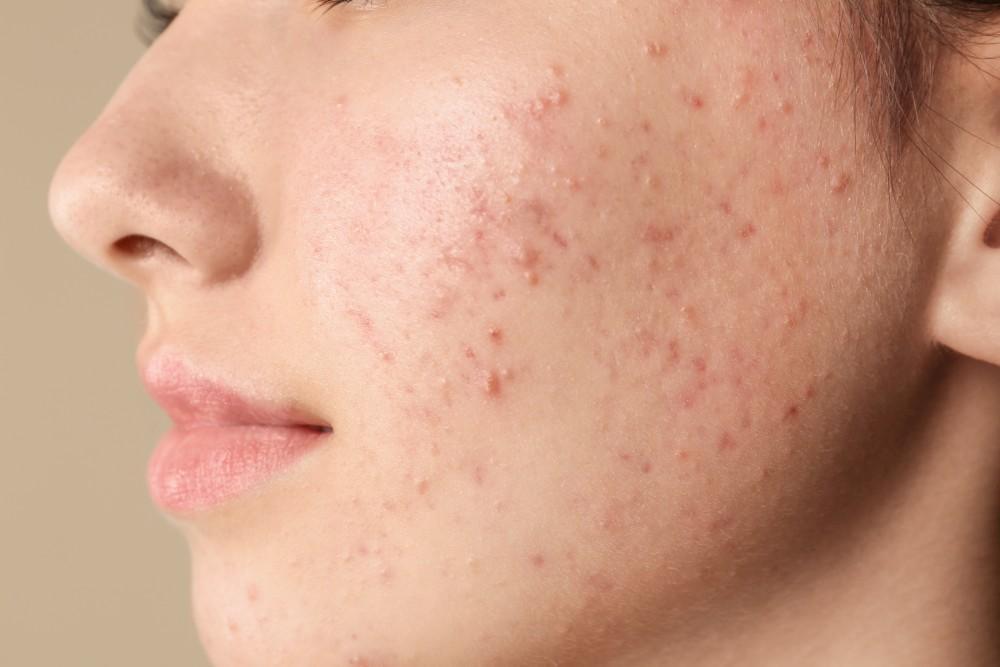
Photodynamic Therapy (PDT): Your Speedy Solution to Adult Acne
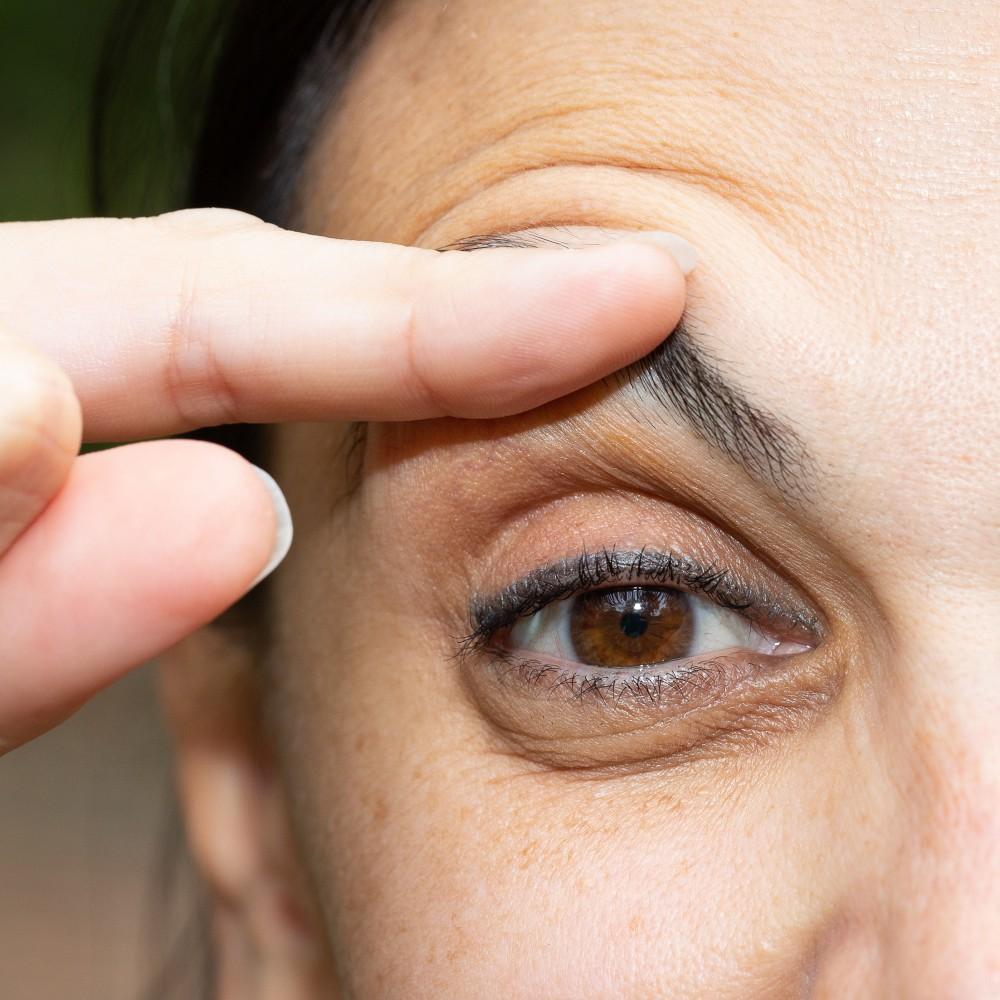
Surgery Isn't the Only Solution for Saggy Eyelids. Try Upneeq® for a Noninvasive Lift
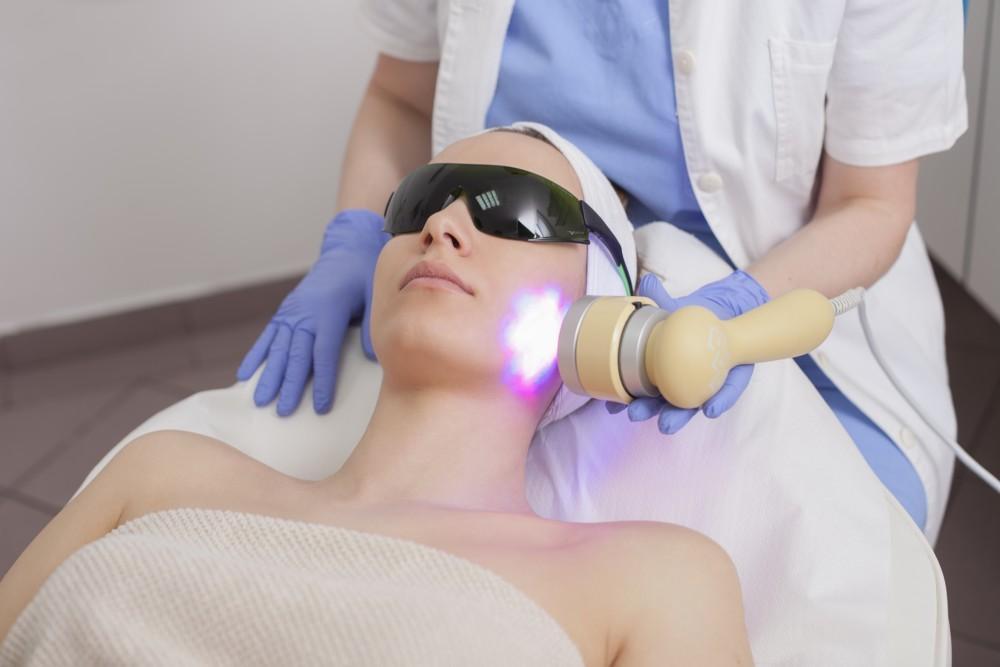
Pre-and Post-IPL Procedure Guidelines to Get the Most from Your Treatment
